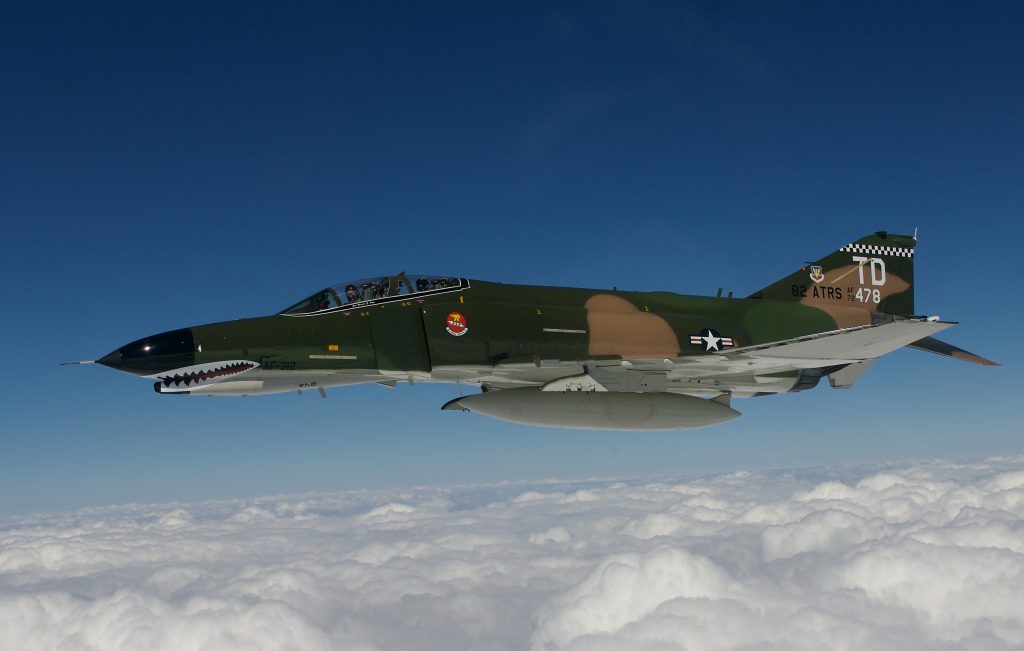
Operation Cope Thunder. I’ve written several blogs about what happened on the ground in the Philippines, but the reason we were in the PI was to fly Cope Thunder.
Operation Cope Thunder is an exercise that began in 1976 (https://www.globalsecurity.org/military/ops/cope-thunder.htm). It was conceived by General Richard Head. Head was concerned that many newer pilots had no actual combat experience. It had been three years since the US pulled out of Vietnam. General Head knew that most pilot fatalities occurred within the first 8 or so missions of combat. He reasoned that if combat conditions could be simulated that would decrease the mortality rate during early actual combat missions. This is also the idea behind Red Flag, the operation conducted over the Nevada desert.
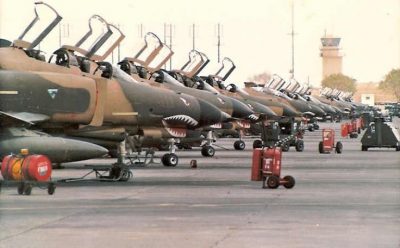
When I arrived in 1987, Cope Thunder had been conducted for over ten years. It was a massive exercise. I remember the ramp being so full of aircraft that it was difficult to taxi. In fact, Colleen, an aircraft commander on another KC-135 got out of her airplane to personally inspect the available distance before pulling out of parking. Colleen knew that is it nearly impossible to explain to a commander why you hit something with your airplane on the ground.
All kinds of aircraft were involved. There were multiple fighter aircraft including F-4s, A-7s, F-15s, and F16s. There were numerous C-130s. We were to be the refueling support for the “good guys” in the exercise.
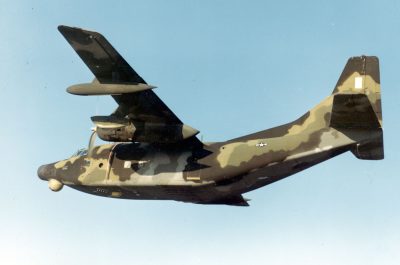
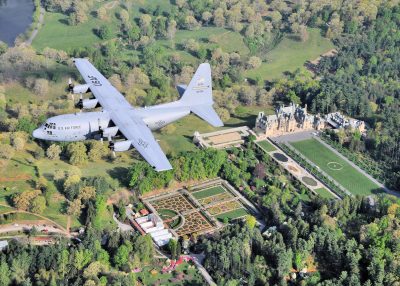
We flew a total of three missions that week for Cope Thunder. The first two were rather uneventful. The only thing that stands out about those missions was a request from the C-130 guys. They had flown two C-130s that day. One was gray and the other was a camouflaged green. They asked the question, which was easier to see from the air. The answer was easy, even from our altitude of around 25,000 feet we could spot the C-130s flying thousands of feet below over the jungle canopy. The gray airplane stuck out like the proverbial “sore thumb”. Meanwhile, the camouflaged C-130 was quite visually “stealthy”.
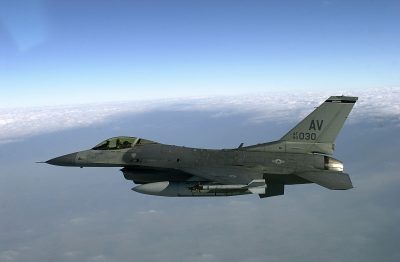
The final Cope Thunder mission was where the excitement began. We had an officer who gave us a mission briefing before each flight. He had attended the larger meeting of the fighter guys explaining that day’s objectives. He also had all of the printed briefing plans supporting the missions. His job was to come and brief the 2-3 tankers flying that day. He came to us on Mission 3 and basically said, everything is the same as Mission 1 and Mission 2. There are no changes.
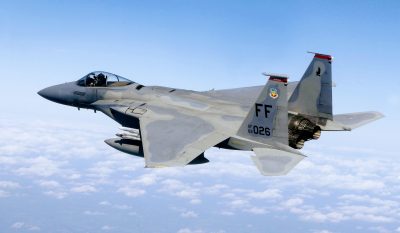
Once airborne we got into orbit with the other tanker. Things were quiet for the first 15 minutes of orbit. Then we received a radio call requesting our position. We responded with our location and altitude. It was a fighter looking for refueling. A few minutes later we got a second call and we began to get suspicious. The fighter guys had been briefed beforehand as to our location. Still, we weren’t sure how to respond.
“We are at the assigned location and altitude”, was our response.
The aircraft queried again. Now we were really suspicious. We did not respond and went “Nordo”. Which was short hand for No Radio. While we had all of our radios functioning (so we were not technically, Nordo) we stopped broadcasting.

Fighters appeared shortly thereafter. I don’t recall if we did refueling over a dedicated air refueling radio frequency (as opposed to the separate Air Traffic Control Frequency) or if Mac used only lights to direct in the fighters. I do remember the radios being mostly silent during air refueling (AR). To the side are A-7s off of our wing during Cope Thunder.
After the refueling we RTBed (Return to Base) for a full stop landing. The fighters returned as well and we headed over the post flight briefing. It was held in a good sized auditorium.
It was the ugliest post flight briefing I ever witnessed.
Kevin got up (per usual) to discuss the air refueling portion. Before he could say a word, the fighter guys attacked. They were vicious because they were livid.
They were livid because the entire flight was to be flown with no radio communication. It had been clearly briefed at the fighter meeting, but our mission commander either did not hear it, or read it or tell us. Or some combination of the aforementioned. He definitely did not brief us about radio silence.
Our radio calls had compromised the entire flight of fighters. As a result they were vulnerable and suffered huge point losses in the exercise. We, essentially, had cost them the fight.
Kevin continued to get pummeled with questions. “Why did you guys do that”, “What is wrong with you guys?” “Are you guys idiots”? Those were the nice and printable comments.
Here is what really got me. The Mission Commander who was supposed to brief us was sitting in the front row. His only job that day was to brief us and he failed.
He just sat there.
He never said and word and never came to Kevin’s rescue. He let him stand there and get fried, sizzled, barbecued. He did not stand to take the responsibility. He did not deflect the criticism. He sat there fat, dumb and happy. I totally lost my respect for that officer that day.
Finally a seasoned colonel stood. He looked at the fighter guys and calmly said, “There may come a day when you’re out over the water and these guys will save you, remember that”. The storm was calmed.

A day or two later we headed back from the PI to Guam. We refueled a KC-10 over the Pacific and a crewmember caught a nap in the boom’s seat. Soon we were back in Guam with the Big Kahuna (https://doctoraviation.com/tanker-trip-to-guam-xi-what-happened-to-clark-air-base/)

I learned a valuable lesson that day at Cope Thunder. As a 25 year old, first lieutenant, I watched a young captain get flogged because a major did not take responsibility. I noted that I would do my best to never repeat that behavior when I had the responsibility.
